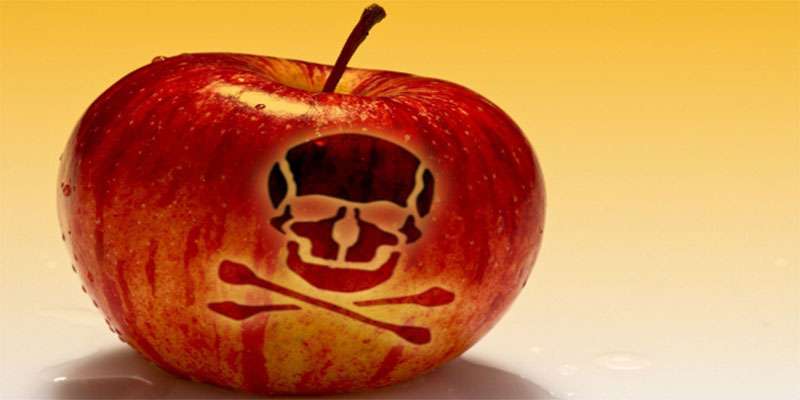EWG’s annual list of produce pesticide loads is out, helping consumers know what items to buy organic and what conventional items have the lowest residues.
Διαβάστε στα ελληνικά: Τα 12 πιο τοξικά φρούτα και λαχανικά για το 2016
Health and environment watchdog, Environmental Working Group (EWG), has released the 2016 edition of its Shopper’s Guide to Pesticides in Produce with updated data on 48 commonly consumed fruits and vegetables and their total pesticide loads. The results are based on analysis of pesticide residue testing data on more than 35,200 samples from the United States Department of Agriculture and Food and Drug Administration.
Every year EWG calls out the worst offenders with its Dirty Dozen list, while giving props to produce with the lowest pesticide levels with its list of the Clean Fifteen. It’s really a helpful approach, giving shoppers who want to avoid produce with pesticides the power to steer clear of items with the highest loads while still being able to purchase conventional produce when and if circumstances call for it.
This year conventional strawberries overtook apples for the number one spot – apples had been wearing the highest-pesticide crown for the last five years. According to EWG, 98 percent of conventional strawberries tested by federal officials had detectable pesticide residues; 40 percent had residues of 10 or more pesticides and some had residues of 17 different pesticides. And while some of those strawberry pesticides are relatively benign, others are linked to cancer, reproductive and developmental damage, hormone disruption and neurological problems, notes the report.
And not only are the strawberries carrying pesticides, but consider this: In California, where the majority of strawberries in the U.S. are grown, every acre is doused with a whopping 300 pounds of pesticides. “More than 60 pounds are conventional chemicals that may leave post-harvest residues but most are fumigants,” says EWG, “volatile poison gases that can drift into nearby schools and neighborhoods.”
Anyway. Here are the Dirty Dozen, 12 good ones to buy organic if and when you can. They are listed in order of pesticide load, number one being the worst.
1. Strawberries
2. Apples
3. Nectarines
4. Peaches
5. Celery
6. Grapes
7. Cherries
8. Spinach
9. Tomatoes
10. Sweet bell peppers
11. Cherry tomatoes
12. Cucumbers
Meanwhile, on the happier end of the spectrum, EWG’s Clean Fifteen list shows which produce items are least likely to hold pesticide residue. While buying organic when you can may be better for the health of the planet in general, these items at least have much fewer pesticides detected on them. We can’t all buy organic all the time, these ones are not as bad to buy conventional:
Avocados, sweet corn, pineapples, cabbage, frozen sweet peas, onions, asparagus, mangoes, papayas, kiwis, eggplant, honeydew melon, grapefruit, cantaloupe, and cauliflower.
That said, some sweet corn and papayas are grown from genetically engineered seeds, so buy organic versions of those if you want to steer clear of GE foods.
In the end, this isn’t a story of doom and gloom. Even EWG admits that the health benefits of a diet rich in fruits and vegetables outweigh the risks of pesticide exposure – think of this as a handy tool to help you make informed choices when shopping and to reduce your pesticide exposure when and where you can.





